CAR
Revamp Your Ride: How to Replace Your Car Engine on a Budget
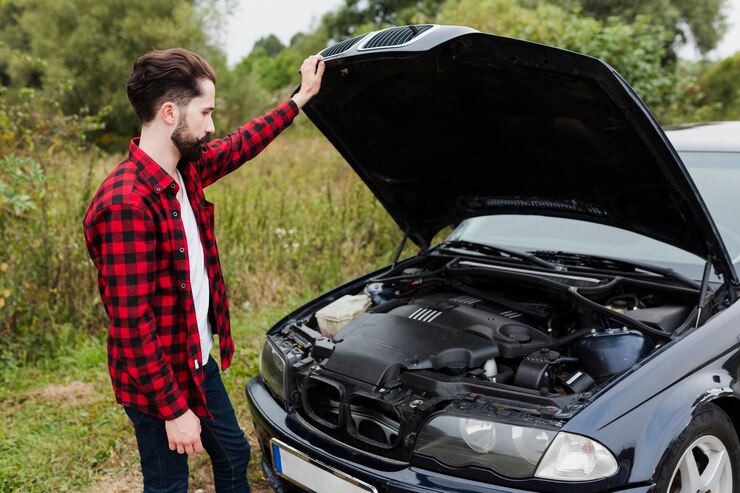
Imagine cruising down the highway when suddenly your car starts sputtering, leaving you stranded. Your car’s engine is its heart, and when it fails, it can feel like the end of the road. However, replacing your car engine doesn’t have to be expensive or daunting.
In this blog post, we’ll guide you through the process, offering practical tips and insights to help you replace your car engine on a budget without compromising quality.
Signs Your Car Engine Needs Replacement
Recognizing when your car engine needs replacement is crucial to avoid further damage and potential breakdowns. Here are some key signs to look out for:
Increased Exhaust Smoke
If you notice thick, colored exhaust smoke, it could indicate severe engine problems. Blue smoke may suggest burning oil, while white smoke might indicate coolant leaks. Black smoke could mean the engine is burning too much fuel.
Knocking Noises
A loud knocking sound from under the hood is a clear sign of engine trouble. This noise often results from worn-out engine bearings or other internal issues that could lead to a complete engine failure if not addressed promptly.
Frequent Overheating
Consistent overheating can cause significant damage to your engine. If your temperature gauge constantly spikes or you see steam coming from the hood, it’s time to get your engine checked. Ignoring this can lead to costly repairs or even total engine replacement.
By paying attention to these signs, you can determine when it’s time to consider replacing your engine, potentially saving you from more expensive repairs down the line.
Understanding the Costs Involved in Engine Replacement
Replacing your car engine can be a significant investment. Understanding the costs involved will help you budget effectively and make informed decisions.
Cost of a New Engine
New engines can be quite expensive, ranging from $4,000 to $6,000 or more, depending on the make and model of your car. For instance, if you’re looking for specific models like BMW motors for sale, prices can vary based on the engine’s specifications and condition.
Labor Costs
Labor costs for engine replacement can add a substantial amount to your total expenses. Professional mechanics may charge between $50 and $150 per hour, with the entire replacement process taking 10 to 20 hours.
Additional Parts and Supplies
In addition to the engine itself, you may need to purchase other parts such as gaskets, seals, and fluids. These additional components can add several hundred dollars to your overall cost.
By understanding these costs, you can explore ways to save money, whether by opting for a used engine or considering a DIY approach.
How to Save Money on Engine Replacement DIY vs. Professional Services
When it comes to replacing your car engine, you have two main options: doing it yourself or hiring professional services. Each approach has its pros and cons, especially when trying to stay within a budget.
DIY Engine Replacement
Replacing your engine yourself can save you a significant amount on labor costs. However, it requires a certain level of mechanical skill and access to the right tools. If you’re confident in your abilities and have experience working on cars, this could be a cost-effective option.
Professional Services
Hiring a professional mechanic ensures that the job is done correctly and safely. While this option is more expensive due to labor charges, it provides peace of mind knowing that experienced hands are handling the replacement.
Finding a Balance
Consider a hybrid approach by purchasing an engine yourself and then hiring a mechanic to install it. Many mechanics are willing to work with customer-supplied parts, which can help you save money.
By carefully weighing these options, you can choose the best approach for your budget and skill level.
Step-by-Step Guide to Replacing Your Car Engine on a Budget
Replacing your car engine may seem overwhelming, but breaking it down into manageable steps can make the process more straightforward. Here’s a step-by-step guide to help you get started.
Step 1 Gather Your Tools and Supplies
Before you begin, gather all necessary tools and supplies, including wrenches, sockets, a hoist or engine crane, and safety gear. Having everything on hand will streamline the process and prevent unnecessary delays.
Step 2 Remove the Old Engine
Start by disconnecting the battery and draining all fluids from the engine. Then, remove the hood, radiator, and other components obstructing access to the engine. Carefully disconnect all wiring, hoses, and bolts attaching the engine to the car frame. Use the hoist to lift the old engine out of the vehicle.
Step 3 Install the New Engine
Lower the new engine into place using the hoist, ensuring it aligns correctly with the mounts. Reattach all wiring, hoses, and bolts, and reconnect the battery. Fill the engine with the appropriate fluids and check for any leaks or loose connections.
By following these steps, you can successfully replace your car engine and get back on the road without breaking the bank.
Safety Tips and Common Mistakes to Avoid during Engine Replacement
Ensuring safety during an engine replacement is paramount. Here are some essential safety tips and common mistakes to avoid.
Prioritize Safety Gear
Always wear protective gear, including gloves, safety glasses, and steel-toed boots. Working with heavy machinery and sharp tools can pose significant risks.
Double-Check Connections
Before firing up the new engine, double-check all connections, bolts, and fluids. Missing or loose connections can lead to severe damage and additional repair costs.
Avoid Rushing the Process
Engine replacement is a complex task that requires patience and attention to detail. Rushing through the process increases the risk of errors and potential hazards.
By keeping these safety tips in mind, you can ensure a smooth and secure engine replacement process.
Conclusion
Replacing your car engine on a budget is entirely achievable with the right approach and knowledge. By recognizing signs of engine trouble early, understanding the costs involved, and considering both DIY and professional options, you can make an informed decision that suits your circumstances.
Remember to follow safety guidelines, take your time during the replacement process, and regularly maintain your new engine to extend its lifespan and performance. For more detailed guidance or personalized advice, consider consulting with a professional mechanic or car enthusiast community.
CAR
Buying a Used Car? Here’s How to Score the Best Deal in Canada
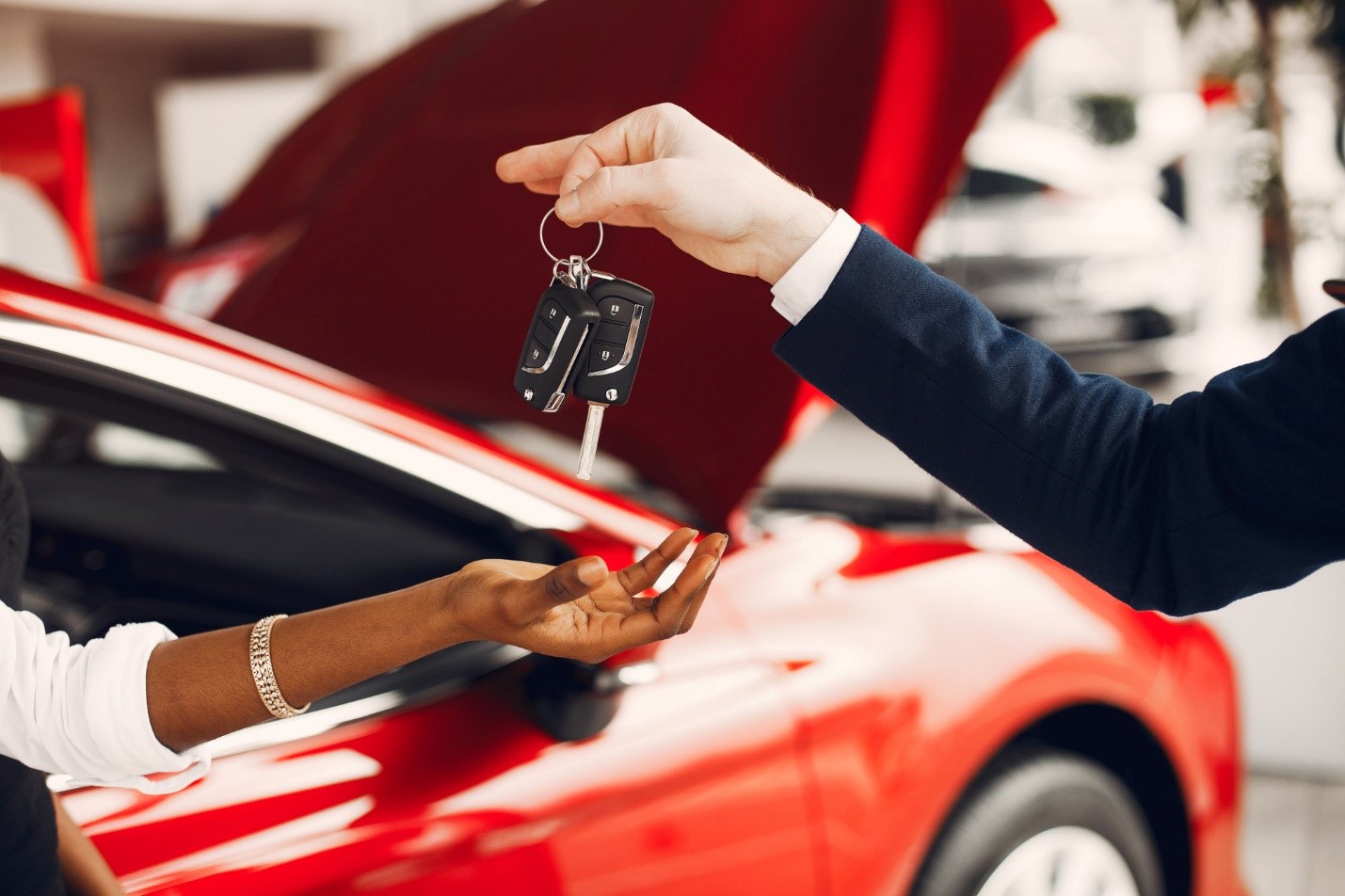
Your trusty car has finally given out. After years of loyal service, countless road trips, and maybe even some minor mishaps, it’s officially retired—never to spin its wheels again.
Now, you’re in the market for a replacement. You need something reliable, but you’re not looking to spend a fortune on a brand-new model. A used car makes the most sense for your budget, and you’re willing to take on the risks that come with buying pre-owned; as long as you can guarantee you’re getting a good deal.
How do you avoid buying a car that’s more trouble than it’s worth?
Choose the Right Dealership
You’ll want to find a reputable dealership with positive customer reviews and plenty of awards. For example, Autorama has been named the winner of the Top Choice Award for nine consecutive years. It has been recognized as one of Canada’s “Most Recommended” car loan providers by Finder and The AutoTrader Best Priced Dealer Award. As you can see, this is an excellent place to shop for used cars and get a great deal.
What else can you look for? Credentials. When looking for dealerships in Ontario, check for these key credentials:
- The OMVIC Registration (Ontario Motor Vehicle Industry Council) is mandatory for all dealerships in Ontario. OMVIC regulates the motor vehicle sales industry to ensure fair business practices and protect consumers.
- The UCDA Membership (Used Car Dealers Association of Ontario) is another indicator of trustworthiness. The UCDA represents more than 5,000 dealers in Ontario, ensuring they follow ethical practices and provide full disclosure to buyers. While membership is voluntary, it’s a good sign that a dealership is reputable.
Checking for these credentials helps you avoid scams, overpriced vehicles, and unreliable sellers, ensuring you’re getting a fair deal.
Thinking of Buying from a Private Seller? Think Twice
Yes, you can technically buy a used car from a private seller, and at first glance, the price might seem more affordable. But is it really a good deal?
When you buy from a private seller, there’s no way to confirm the car’s full history. Even if they provide a vehicle history report, there’s no warranty, financing, or return policy. Additionally, private sellers are not legally required to offer the same consumer protections as registered dealerships.
At a dealership, you get:
- Certified vehicle inspections
- Warranties for added protection
- Financing options to fit your budget
- Customer service support
With a private seller, you’re on your own. If something goes wrong, there’s no one to help.
Short-Term Savings vs. Long-Term Value
It’s tempting to go for the cheapest option, but a low price doesn’t always mean a good deal. A car that’s barely holding on might save you money upfront, but you’ll spend much more on repairs and maintenance. Worse yet, you could find yourself back in the market for another car sooner than expected. Instead of going for the lowest price, invest in quality.
Drive Away with Confidence
By following these tips, you can walk into a dealership with confidence, knowing exactly what to look for and what to avoid. As you pull out of the dealership in your brand-new not-so-new car, you’ll feel amazing, knowing you made the right choice.
CAR
Top Benefits of Auto Towel Seat Covers for Your Vehicle
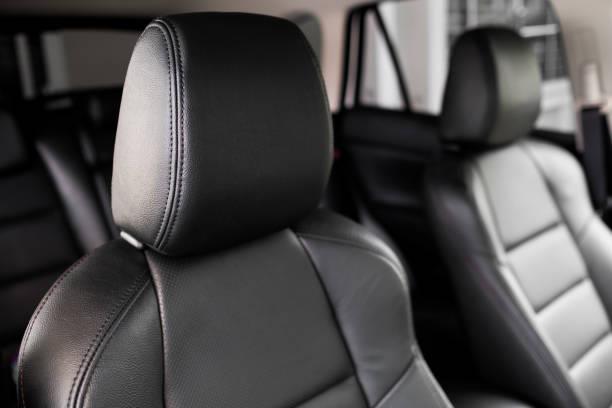
Introduction
Auto towel seat covers are a versatile and practical option for car owners who want to protect their vehicle seats while also adding comfort and style. Unlike other materials, towel seat covers offer unique benefits that make them particularly appealing. These covers are designed to fit over your car seats to protect them from spills, dirt, and damage.
Why Choose Towel Seat Covers for Your Car?
Towel seat covers are a favorite among car owners for several reasons:
Material Benefits:
- These covers are made from absorbent materials, which can effectively manage moisture and spills. This makes them ideal for use after sports activities or beach trips.
- Towel car seat covers are easy to put on and take off, which means you can wash and reuse them effortlessly. This flexibility is unmatched by many other types of seat covers.
- These covers are generally more affordable than their leather or fabric counterparts while being available in a range of styles and colors to match personal tastes.
For additional insights on auto towel seat cover materials, visit a poll on Reddit.
Protection for Your Car Seats:
Auto towel seat covers are not only stylish, but they also serve an essential function, protecting your car seats from damage. Let’s explore how these covers can be your vehicle’s best friend.
- Guard Against Spills and Stains: Everyday mishaps like coffee spills or crumbs from snacks can leave lasting marks on your seats. Auto towel seat covers act as a barrier, keeping your original car seats clean and safe from permanent stains.
- Prevent Wear and Tear: Over time, regular use can lead to wearing out the original fabric or leather of your car seats. A car seat towel cover helps preserve the integrity of your seats by providing an extra layer of protection.
- Cost Savings: By using car seat towel covers, you protect your seats from wear and accidental damage, potentially saving on costly repairs or replacements. Keeping your car seats in good condition can also maintain or even boost your vehicle’s resale value.
Comfort and Convenience of Car Seat Cover Towels
Car seat cover towels offer more than just protection; they enhance your driving experience by adding comfort and convenience.
- Breathability and Softness: One key advantage of towel seat covers is their breathability. They allow air to circulate, preventing that sticky feeling you often get with other materials, especially during hot weather. Plus, the softness adds an extra comfort layer on long drives.
- Easy Maintenance: The cleaning is a breeze with car seat cover towels. Most are machine washable, making it easy to keep them fresh and clean without much fuss. Simply remove them, toss them in the washer, and they’re ready to go again.
Auto towel seat covers bring a combination of protection, comfort, and ease to your driving experience. Whether you’re aiming to extend the life of your car’s interior or simply looking for a cost-effective way to enhance comfort, these covers are a smart choice.
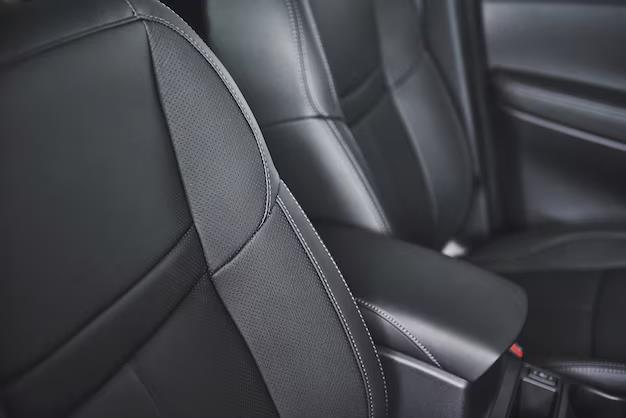
Enhancing Style with Auto Seat Towels
Auto seat towels are not just practical, they can also breathe new life into your vehicle’s interior. Here’s how towel car seat covers can enhance the style of your car:
- Variety of Colors and Designs: Auto seat towels come in a wide range of hues and patterns that can match the personality and preferences of any car owner. Whether you prefer bold, bright colors or subtle, muted tones, there’s a design for you.
- Customizable Look: By choosing designs that suit your taste, these covers can help personalize your vehicle. They offer an easy way to change the look of a car without a permanent commitment.
- Easy to Update: If you want to refresh your interior’s style periodically, swapping out auto seat towels can be a simple solution. This adaptability can help keep your vehicle looking updated with current design trends.
Having stylish seat covers can make your driving experience more enjoyable. For high-quality auto towel seat cover selections, consider visiting a reputable brand.
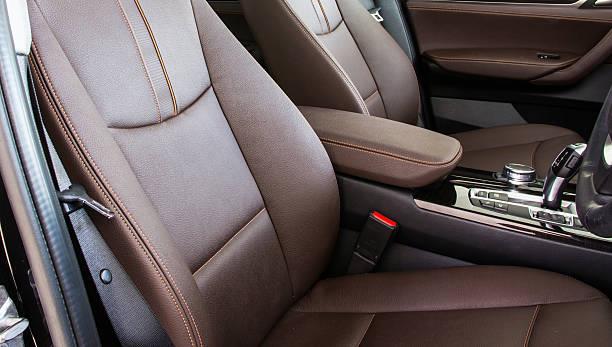
Easy Installation and Versatility
One of the key advantages of towel seat covers is their user-friendly installation and versatility. Here’s what makes them stand out:
- Effortless Installation: Installing towel seat covers is a breeze. They slip on easily over your seats, requiring no special tools or expertise. This feature makes them perfect for busy individuals who need quick solutions.
- Quick Removal: Just as easy to take off, these covers facilitate cleaning and washing without a hassle. You can remove them and wash whenever necessary, keeping your car interior fresh.
- Compatibility with Various Vehicles: Towel seat covers are versatile, designed to fit different types of vehicles from sedans to SUVs. This flexibility ensures they’re a valuable accessory for any type of car owner.
- Versatile Use: These covers can be switched between different cars or even used to protect seats during specific activities (like beach outings or after workouts), adding to their utility.
With their stylish designs and straightforward usability, auto towel seat covers are a smart choice for any vehicle owner looking to enhance both style and functionality.
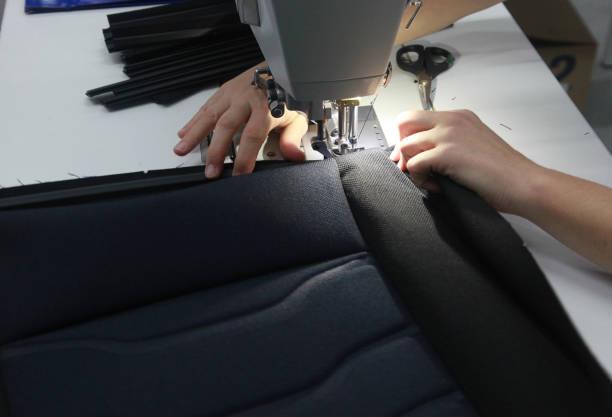
Affordable Car Seat Protection
Choosing towel seat covers offers a budget-friendly solution for protecting your vehicle’s interior. These covers are often more cost-effective compared to other materials, providing great value for money. Here’s why towel car seat covers are a smart choice for cost-conscious drivers:
- Cost-effective Purchase: Towel seat covers are generally less expensive than leather or other premium materials, making them an affordable option.
- Durability: While budget-friendly, these covers are durable and can withstand regular use, providing lasting protection for your seats.
- Savings on Maintenance: By safeguarding the original upholstery, towel seat covers can save you from costly repairs and replacements in the long run.
For additional guidance on auto towel seat covers, check out this helpful guide.
Maintaining Your Auto Towel Seat Covers for Longevity
Proper maintenance of your car seat towel covers ensures they stay in top condition and extend their lifespan. Here are some practical tips to maintain them effectively:
- Regular Cleaning: Wash your towel seat covers routinely to keep them fresh and free from stains.
- Cleaning Methods:
- Hand Wash: Use mild detergent and warm water for a gentle clean, which helps preserve the fabric.
- Machine Wash: If machine washing is recommended, use a gentle cycle setting.
- Air Dry: Always let your covers air dry to prevent shrinkage or damage from heat.
- Avoiding Excessive Sun Exposure: Prolonged sun exposure can fade the material, so it’s advisable to park in shaded areas where possible.
- Inspect Regularly: Periodically check the covers for any wear or tear, and address minor issues promptly.
By following these maintenance practices, you can keep your auto towel seat covers in excellent condition for years to come.
Note: This article adheres to Google’s content guidelines and incorporates external resources and studies to support the provided information.
CAR
Hit by an Uninsured Driver in California?
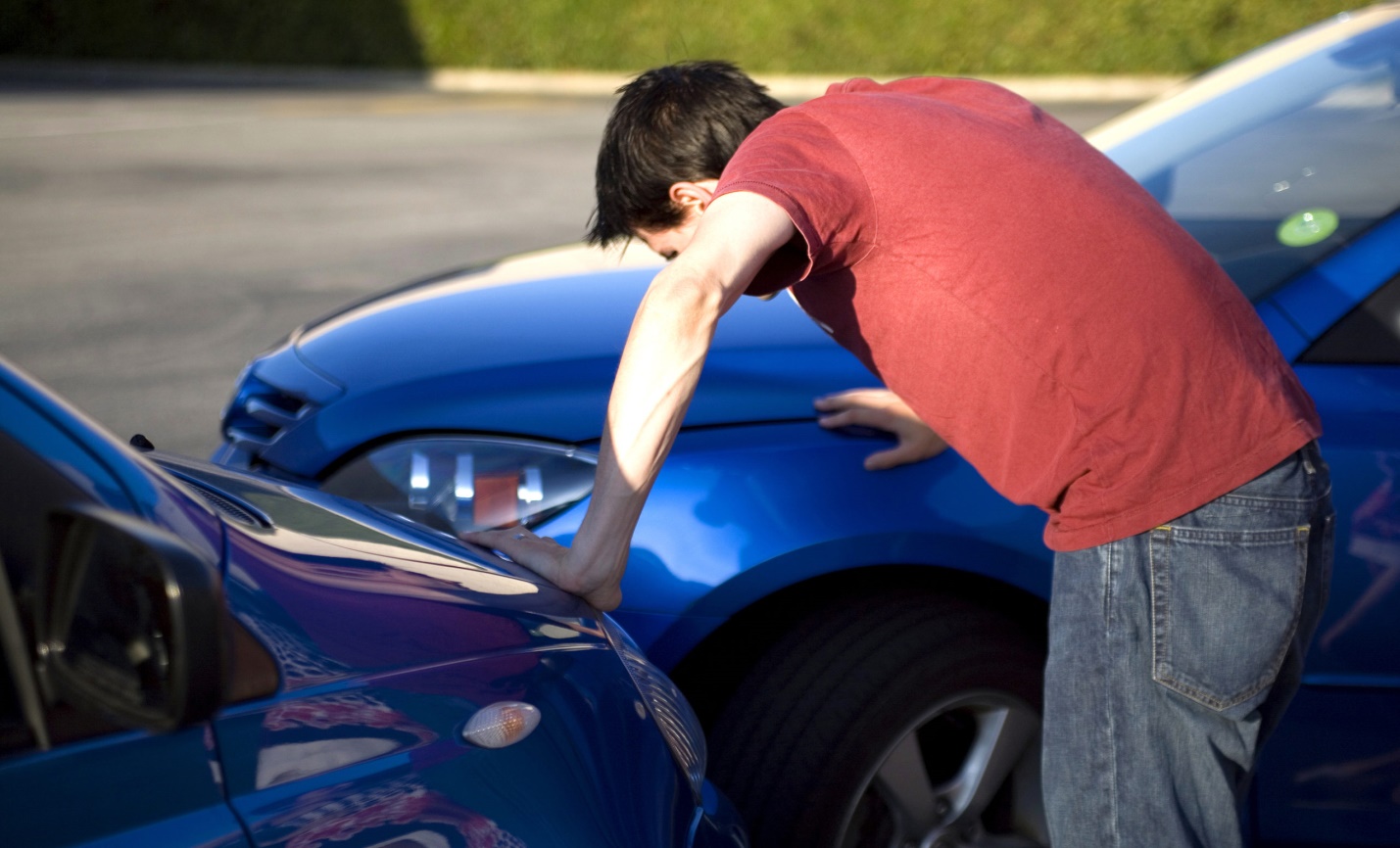
Getting into a car accident is stressful enough, but when the at-fault driver is uninsured, the situation becomes even more challenging. In California, where car insurance is mandatory, thousands of drivers still operate their vehicles without proper coverage. If you’ve been hit by an uninsured driver, you might feel overwhelmed about how to cover medical bills, vehicle repairs, and other expenses. The good news is there are options available to help you recover compensation. This article will guide you through the steps to take, your legal rights, and how a Canoga Park Car Accident Lawyer can assist you in navigating this complex situation.
Understanding Uninsured Drivers in California
Despite California’s strict laws requiring all drivers to carry liability insurance, many still drive without it. In fact, it’s estimated that nearly one in six drivers in California are uninsured. If one of these uninsured drivers causes an accident, recovering damages can become complicated because they lack the insurance to cover your losses.
Steps to Take After Being Hit by an Uninsured Driver
When involved in an accident with an uninsured driver, it’s crucial to take specific steps to protect yourself and strengthen your case. Here’s what you should do:
- Ensure Safety and Call 911
- Move to a safe location, if possible, and check for injuries.
- Call 911 to report the accident. A police report is essential, especially when dealing with an uninsured driver, as it serves as a key piece of evidence.
- Collect the Driver’s Information
- Even if the other driver doesn’t have insurance, gather their contact details, driver’s license number, and vehicle information.
- Document the Scene
- Take photos of the accident scene, your vehicle, and any visible injuries.
- Collect contact information from witnesses who can support your version of events.
- Notify Your Insurance Company
- Report the accident to your insurance company promptly. They may be able to assist you in covering your damages through your policy.
Insurance Options for Recovering Compensation
When the at-fault driver is uninsured, your ability to recover damages will often depend on your own insurance policy. Here are some key types of coverage that can help:
- Uninsured Motorist (UM) Coverage
Uninsured motorist coverage is designed specifically for accidents involving uninsured drivers. If you’ve added this optional coverage to your policy, it will cover medical expenses, lost wages, and other damages caused by the uninsured driver.
- Collision Coverage
Collision insurance covers the cost of repairing your vehicle, regardless of who caused the accident. However, this coverage may require you to pay a deductible.
- Medical Payments (MedPay) Coverage
MedPay can help pay for medical bills for you and your passengers, regardless of fault. It’s a valuable add-on in situations involving uninsured drivers.
Can You Sue an Uninsured Driver?
Yes, you can sue an uninsured driver for damages, but there’s a catch: many uninsured drivers don’t have the financial resources to pay for your losses, even if you win the case. This is why pursuing compensation through your own insurance policy is often the most practical solution.
However, if the uninsured driver has assets or other financial means, a lawsuit could be worth pursuing. A Canoga Park Car Accident Lawyer can evaluate your case and advise you on the best course of action.
How a Canoga Park Car Accident Lawyer Can Help
Dealing with an uninsured driver case can be legally and emotionally exhausting. Hiring a qualified Canoga Park Car Accident Lawyer can make a significant difference in the outcome of your case. Here’s how they can assist:
- Investigating the Accident
Your lawyer will gather evidence, review the police report, and build a strong case to prove liability.
- Navigating Insurance Claims
Insurance companies may try to minimize your payout, but a skilled attorney will negotiate on your behalf to ensure you receive fair compensation.
- Exploring Legal Avenues
If insurance doesn’t cover your losses, a lawyer can help you file a lawsuit against the uninsured driver or identify other potential sources of compensation.
- Maximizing Your Compensation
An experienced lawyer will ensure that all your damages—medical bills, lost wages, pain and suffering—are included in your claim.
Types of Compensation You May Be Entitled To
Even if the at-fault driver doesn’t have insurance, you may still be eligible to recover compensation through other avenues. Common damages include:
- Medical Bills: Current and future medical expenses related to your injuries.
- Vehicle Repairs: Costs to repair or replace your vehicle.
- Lost Wages: Compensation for time missed from work due to your injuries.
- Pain and Suffering: Non-economic damages for the physical and emotional toll of the accident.
Preventive Measures: Protecting Yourself in the Future
To safeguard yourself from financial losses caused by uninsured drivers, consider these tips:
- Add Uninsured Motorist Coverage to Your Policy: This coverage is invaluable in situations where the at-fault driver lacks insurance.
- Maintain Adequate Insurance Coverage: Ensure you have collision and MedPay coverage as part of your policy.
- Drive Defensively: Avoid accidents by staying alert and following traffic laws.
Conclusion
Being hit by an uninsured driver in California can be a frustrating and financially draining experience, but it’s not the end of the road. By taking the proper steps after the accident and understanding your insurance options, you can still recover compensation for your losses. Working with a trusted Canoga Park Car Accident Lawyer will provide the guidance and support you need to navigate this complex situation and maximize your chances of a favorable outcome.
-

 GENERAL1 year ago
GENERAL1 year agoDiscovering the Artistic Brilliance of Derpixon: A Deep Dive into their Animation and Illustration
-

 Posts1 year ago
Posts1 year agoSiegel, Cooper & Co.
-

 Lifestyle1 year ago
Lifestyle1 year agoPurenudism.com: Unveiling the Beauty of Naturist Lifestyle
-

 Lifestyle1 year ago
Lifestyle1 year agoBaddieHub: Unleashing Confidence and Style in the Ultimate Gathering Spot for the Baddie Lifestyle
-

 HEALTH1 year ago
HEALTH1 year agoTransformative Health Solutions: Unveiling the Breakthroughs of 10x Health
-

 Entertainment1 year ago
Entertainment1 year agoGeekzilla Podcast: Navigating the World of Pop Culture, Gaming, and Tech
-

 Entertainment1 year ago
Entertainment1 year agoKhatrimaza Unveiled: Exploring Cinematic Marvels and Entertainment Extravaganza
-

 BUSINESS1 year ago
BUSINESS1 year agoUnlocking the Secrets to Jacqueline Tortorice Remarkable Career and Accomplishments
